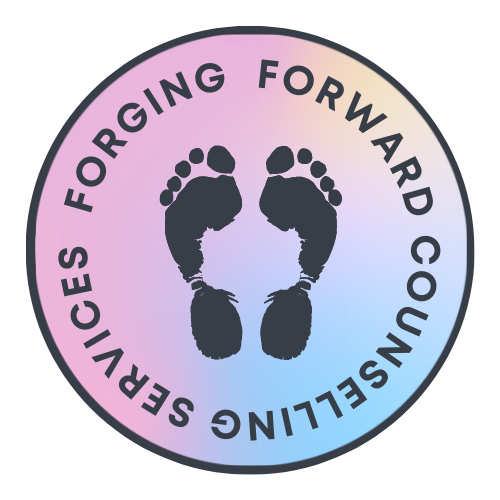Tele-health and Virtual Therapy
With the rise of technology and personal devices in our society, it seems fitting that helping professionals are using technological advances to improve access to mental health support and counseling. Using technology to provide therapy is a creative alternative to face-to-face sessions, where clients are able to talk to their therapist at home for example, during lunch hour, and most importantly, when they need it.
What we know about the benefits of telephone and video therapy is that these methods are equally as effective as face-to-face support when it comes to clinical outcomes as well as client satisfaction[1][2]. There is also increased flexibility in timing of appointments and geographical reach, as well as augmented anonymity.
Studies comparing the effectiveness of face-to-face therapy to telephone and video therapy have concluded that there is no significant difference in outcome. In other words, clients improve equally through both methods of therapy. In fact, tele-counselling can oftentimes produce greater attrition rates, because of the flexibility of location and timing when meeting your therapist virtually[3]. This is particularly attractive in large areas like Renfrew County, where clients can choose to work with a therapist in a neighboring town, without having to find transportation to that neighboring town.
How Does Tele-Counselling Therapy Work?
Just like face-to-face therapy, your therapist would connect with you to set up a time to talk via video or phone to complete an intake; the intake session helps you both become acquainted with each other. The therapist is better able to understand your history, as well as what is currently causing distress in your life through the intake session. At this time, the therapist can work with you to develop some goals, as well as a plan to address those goals.
That plan may include weekly/ bi-weekly phone visits, monthly video sessions, and/or an agreement to share material such as psycho-educational videos, readings, and workbooks; all aimed at helping you work through problems, develop coping strategies and to ultimately regain a sense of personal wellness and contentment. All in all, meeting with a therapist via tele-health enables you to access flexible evidence-based support, from skilled therapists, when you need it.
I have been providing telehealth therapy for the last couple of years through my public service work. I find it incredibly beneficial for mood and anxiety concerns, and skills-based therapies such as Cognitive Behavioural Therapy and Dialectical Behaviour Therapy. Through telehealth, clients are able to learn coping skills, and practice those same coping skills in real time with support from their therapist on the telephone or computer screen. Given the material shared during and after sessions, clients end up with a host of helpful resources that they can turn to throughout the week and upon ending therapy, to continue making gains in their coping skills and overall mental health and well-being.
[1] Mohr, D., Ho, J., Duffecy, J., Reifler, D., Sokol, L., Burns, M., Jin, L. and Siddique, J., 2012. Effect of Telephone-Administered vs Face-to-face Cognitive Behavioral Therapy on Adherence to Therapy and Depression Outcomes Among Primary Care Patients. JAMA, 307(21).
[2] Stiles-Shields, C., Kwasny, M., Cai, X. and Mohr, D., 2014. Therapeutic alliance in face-to-face and telephone-administered cognitive behavioral therapy. Journal of Consulting and Clinical Psychology, 82(2), pp.349-354.
[3] Parker-Pope, T., 2008. The Benefits Of Therapy By Phone. [online] Well. Available at: <https://well.blogs.nytimes.com/2008/09/22/the-benefits-of-therapy-by-phone/> [Accessed 1 April 2020].
